The Scale of Our Energy & Power Systems
April, 24th, 5:30 pm – 7:00 pm
Fuse @ The Riverside
1724 Broadway St, Boulder, CO 80302
This is the second in a series of classes hosted by Clean Energy Action and Boulder Free School. Find out more on the main course index page.
Class Outline:
In this class we will revisit the relationship between energy — which is a quantity of work (measured in Joules, or perhaps more familiarly on your electricity bill, in kilowatt hours) — and power, which is a rate of energy usage or flow (measured in Watts). We’ll look at the power density of various renewable energy sources — especially solar — and see when and where that becomes an important constraint. We’ll try and get a sense of the scale of our global energy system, where the energy comes from today, what it goes to, and where we might be able to get it from in a zero carbon future. We will also talk about the difference between electricity and energy, which are often and mistakenly conflated.
Today it takes about 15 Terawatts (1.5 x 1013 Watts) of power to run human civilization. On average, that’s about 2 kW (2,000 Watts) per human being, but energy use is not evenly distributed. North Americans on average use more like 10 kW (10,000 Watts — equivalent to having about 100 human energy slaves working tirelessly for you day and night), while Bangladesh clocks in at less than 300 W per capita. If everyone were to aspire to the North American way of life, we would need to increase global energy production by about a factor of 6 or 7, to something like ~100 Terawatts (1 x 1014 W). What would it take to do that? Is it practical for Colorado? For the US? For the UK? For Bangladesh?
Homework:
Watch a 90 minute long talk (60 minutes of talk + 30 minutes of Q&A) by MacArthur fellow Saul Griffith on energy and climate. You must join the Google Group for this course, so we can give you a private link, because this talk is not publicly available in its entirety.
Read Chapter 2 (The Balance Sheet) and Chapter 6 (Solar) in part one of Sustainable Energy Without the Hot Air (download the full PDF of the book). This is 14 pages of reading.
Look up information about two large (utility scale) solar power facilities. One of them should be in Germany, and the other should be in a sunny place — Southern California, Spain, Australia, etc. For both facilities, find:
The total land area of the facility. This will probably be measured in acres or km2.
The total annual energy produced by the facility. For electricity, this is usually reported in Watt-hours, probably Megawatt hours (MWh) or Gigawatt hours (GWh).
The nameplate capacity of the facility — this will be measured in Watts — probably Megawatts (MW).
Background Resources
If you still feel uncomfortable with the basic mechanics of and motivations behind doing order of magnitude calculations, go check out the resources from our first class. We’ll also try and make sure that every class starts with an easy warm-up calculation to give everyone a chance to get comfortable.
Teacher Bio
Once upon a time at NASA, Zane got a PhD studying the climate history of Mars, and the geology of the icy moons of Jupiter and Saturn. Now he’s Clean Energy Action’s director of Research and Policy, working on climate and energy policy, and trying desperately to get everyone to turn off the terraforming machines before it is too late. Zane also works on sustainable transportation, land-use, and community housing in Boulder. He lives in a co-op with 11 other people, and his two bicycles and zero cars.
